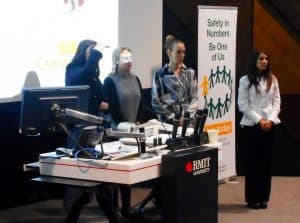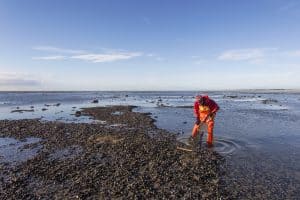 In 2012, the Australian Capital Territory (ACT) government undertook a review of safety in its construction industry and produced a report called “Getting Home Safely“. In early 2017, the Government contracted RMIT University to review the construction sector’s work health and safety culture in the aftermath of the 2012 report and government actions since them. The September 2017 report was only recently made public.
In 2012, the Australian Capital Territory (ACT) government undertook a review of safety in its construction industry and produced a report called “Getting Home Safely“. In early 2017, the Government contracted RMIT University to review the construction sector’s work health and safety culture in the aftermath of the 2012 report and government actions since them. The September 2017 report was only recently made public.
The RMIT University report includes a very good and super-current discussion about safety culture and safety climate but its findings are of limited help in improving OHS performance in the construction sector.

 On 30 October 2017, the Safety Institute of Australia and RMIT University held their annual
On 30 October 2017, the Safety Institute of Australia and RMIT University held their annual 

 Recently Huffington Post Australia posted a video about male suicides called “Men are killing themselves to be real men”. Many of the speakers talked about their experiences at work or with work. The video is highly recommended.
Recently Huffington Post Australia posted a video about male suicides called “Men are killing themselves to be real men”. Many of the speakers talked about their experiences at work or with work. The video is highly recommended.
